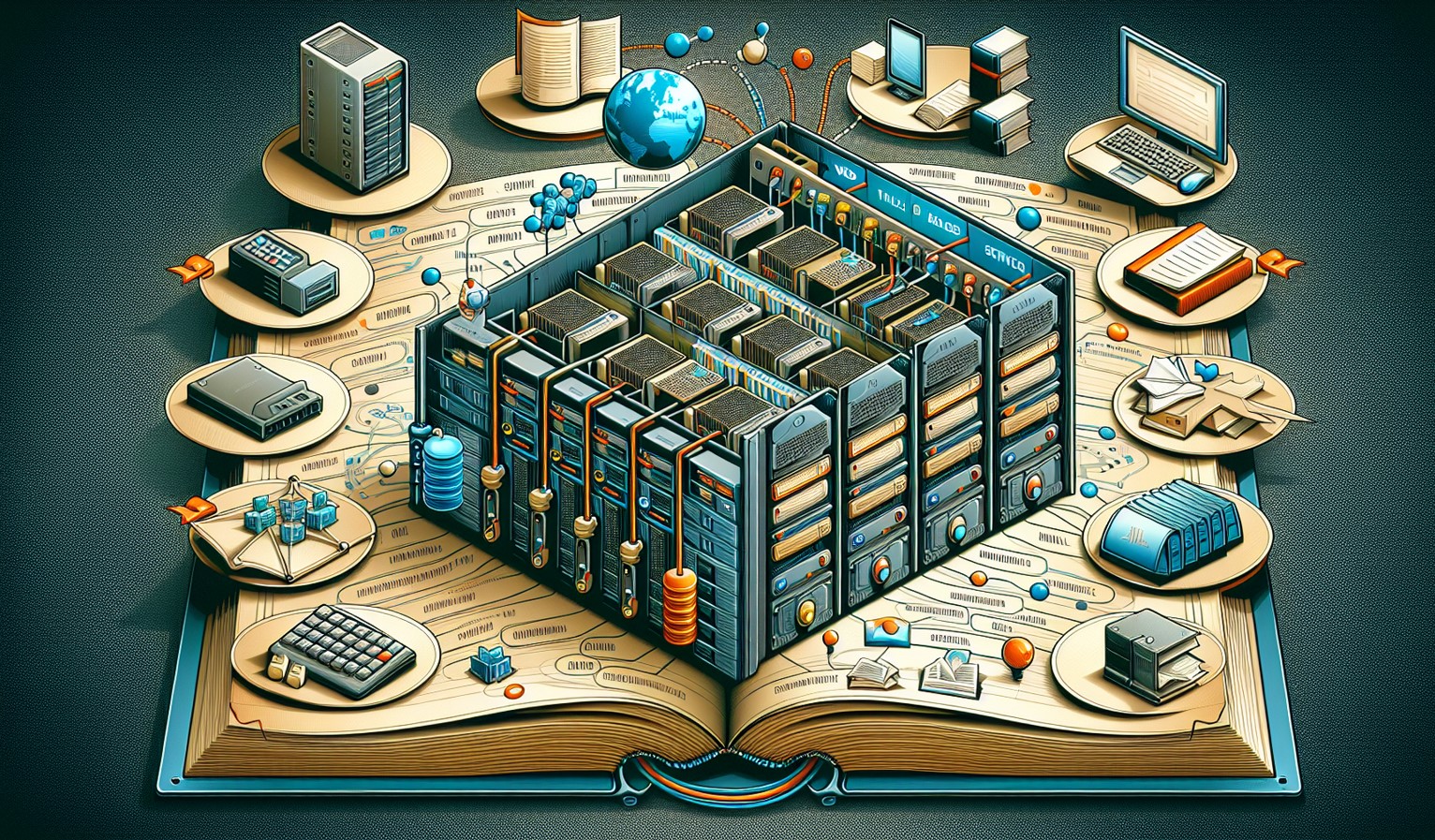Understanding the Core Functions and Types of a Server: A Comprehensive Guide
As the nerve center of your organization, the server plays a critical role in your day-to-day operations. It is the heartbeat of your online business, the base for your digital applications, and the linchpin for your internet connections. Without servers, the digital landscape as we know it today would not exist. But what exactly is a server and how does it function? Here is a comprehensive analysis to deepen your understanding of the core functions and types of servers.
Core Functions of a Server
A server is essentially a powerful computer system that serves information to other computers (known as clients) over a network. These functions can range from sending emails to managing an organization’s database. Here are some core functions of a server:
1. Data Sharing: One of the primary functions of a server is the ability to store, retrieve, and move data from one point to another. This includes files, databases, texts, multimedia content, and applications.
2. Backups and Recovery: Servers also play an essential role in backing up data and enhancing data recovery. When personal computers crash or get lost, the corresponding server can restore the data.
3. Web Hosting: Servers provide the technology needed to display web content and manage website traffic. They store web files and handle requests from users to view or download files.
4. Email Hosting: Servers also manage email services. They store unread emails, control incoming/outgoing mail, and ensure smooth mail delivery to correct addresses.
5. Centralized Security: With a server, organizations can better manage their cybersecurity measures. Servers provide a centralized security system for all users to manage access control, thereby enhancing data protection.
Types of Servers
Different kinds of servers exist, each designed to perform specific roles. They include:
1. File Server: As the term suggests, this type of server is primarily concerned with storing, retrieving, and sending files. It forms the backbone of network sharing in many organizations.
2. Application Server: Application servers are designed to run business applications. Through an application server, various applications can interact with each other and with users, making computing much more efficient and powerful.
3. Database Server: This server type stores, retrieves, and manages databases for users. It ensures structured handling of data and enables effective data manipulation.
4. Mail Server: A mail server is primarily tasked with managing and sending emails. It acts as an electronic post office, receiving outgoing mail and delivering incoming mail to the appropriate mailboxes.
5. Web Server: This server type delivers web pages to users. When you type a URL, your device connects to the web server hosting that site to download pages.
6. Game Server: In the world of gaming, game servers are crucial. They allow gamers from across the globe to play together, hosting multiplayer games over the internet.
7. DNS Server: Domain Name System (DNS) server plays the role of a translator by converting complex IP addresses into readable domain names used on the internet.
8. Virtual Server: Thanks to advancements in technology, servers can now be virtual. This means a physical server can be divided into multiple separate servers, each having the ability to operate independently.
Thus, understanding servers is key in the digital world, as they form the backbone of any online activity, be it a multinational corporation’s database management system or a simple game of online chess. By grasping the core functions and the different types of servers, organizations can make informed decisions on the server best suited to their needs, ensuring smooth business operations and safeguarding valuable data.


Leave a Reply